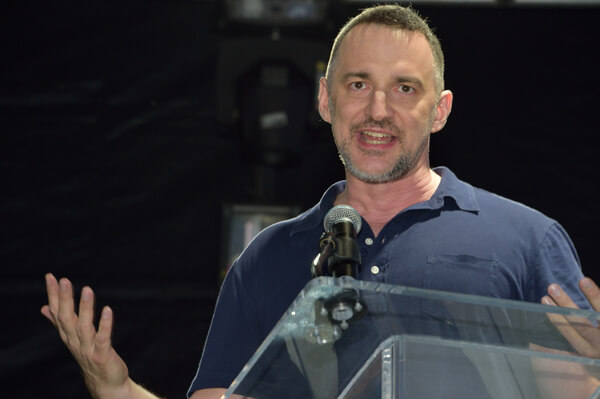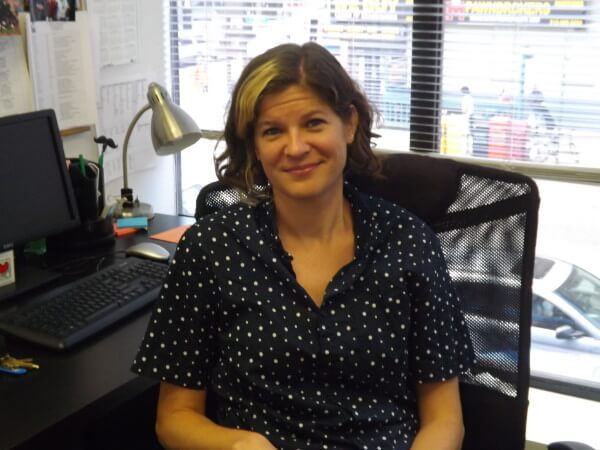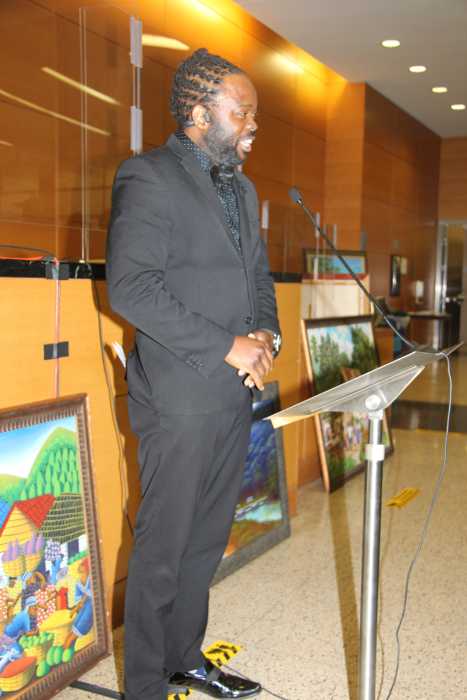Homeless LGBTQ youth are facing significant barriers to emergency housing and other services as a result of public restrictions brought on by the coronavirus crisis — all while those on the inside of shelters endure elevated risk of contracting the virus and organizations feel financial strain to absorb increased demand for services.
The new realities have slammed the most vulnerable New Yorkers and those who help care for them. Numerous service providers have been forced to halt in-person services in favor of limited, remote-only offerings and some homeless shelters, including Sylvia’s Place — a homeless shelter operated by the Metropolitan Community Church of New York (MCCNY) — have stopped accepting new applicants altogether, according to Kate Barnhart, the director of New Alternatives for Homeless LGBT Youth. That shelter, she said, is currently at full capacity and will aim to prevent the spread of the virus by reducing its numbers through attrition while some residents move along.
“There is a total breakdown of leadership in the city and state in terms of either making sure youth programs had a plan for dealing with this situation and making sure people have necessary supplies,” Barnhart explained in an interview with Gay City News. “It’s an ongoing problem.”
Still, MCCNY, which also runs the Sylvia Rivera Food Pantry, announced March 25 that it is continuing to distribute a range of food to communities in need. The demand for their food programs has skyrocketed by 400 percent in just 10 days, underscoring the profound level of food insecurity sparked by the crisis.
The economic downturn, school closures, and other sudden changes sparked by the crisis have already exacerbated housing insecurities faced by vulnerable segments of the LGBTQ population, including students who were abruptly booted from their college campuses earlier this month with little or no notice.
“Some kids were on scholarships and they don’t have a family to go back to,” said Alexander Roque, who took over just weeks ago as executive director of the Ali Forney Center, which is among one of the few organizations that has remained open and continues to provide a broad range of services. “And this week we’ve had four new young people kicked out of their homes in the middle of this. It’s so painful to think that in the middle of this worldwide pandemic, parents still have time to hate, to be homophobic, to be transphobic.”
Mass layoffs have had a ripple effect on shelters, too. Roque explained that Ali Forney Center’s residents typically go through a three-year process during which they gradually gain independence and financial stability by learning life skills and identifying work opportunities. But those plans have been thwarted for some residents who have been laid off from their jobs as a result of the crisis, which in turn has required the shelter provider to step up and give them complete financial support.
“It’s back to where they were at day one,” Roque said. “So we’re providing everything they need. Young people who are used to going out and getting their own groceries have no money. Having to provide those things has been new and challenging for us.”
And that comes with a financial hit for the agency. While other organizations and shelters have closed their doors to those in need, Ali Forney Center is also scrambling to fill the gaps and hoping to absorb the costs that come with extra demand. It continues to offer drop-in services so young people who are homeless can get a meal, speak with a case manager, get housing services, gain access to a medical doctor, utilize career and educational programs, receive mental health services, and access shelter and transitional living services. Clients are being screened, temperatures are being checked, and other precautions are in place to protect those who provide and receive services.
Neither residents nor staff at Ali Forney Center have tested positive for coronavirus — not yet, at least — but the team is bracing for how to cope with worse news. Roque said that unlike some other shelters with crowded spaces, Ali Forney Center’s housing units are fairly spread out and response teams have been organized around the city to disinfect and sanitize locations as necessary. Should someone contract the virus, plans are already in place to isolate sick youth, make sure they receive care from a medical doctor, feed them while taking the right precautions, and prepare their living space for re-entry once they recover.
Unsurprisingly, there are also signs of increased demand for services elsewhere. Barnhart said certain homeless populations, such as those who tend to sleep on the street or usually turn to public transportation for shelter, have instead started to seek housing at homeless shelters in order to avoid getting sick. She has also seen an uptick in refugee and migrant youth seeking shelter. She cited an example of a child who was released from the custody of Immigration and Customs Enforcement (ICE) and had to search for shelter.
“They just dumped him,” she said. “That’s par for the course for them.”
Among those who are currently in shelters, there are justifiable fears that the virus could spread rapidly in crowded spaces. Barnhart said she has heard about at least half a dozen cases of coronavirus emerging at Department of Homeless Services shelters. Furthermore, she learned that residents who become hospitalized with complications of the virus have been discharged back to the same shelter from which they came.
“There is no way to isolate people [at shelters] if someone should become sick,” said Barnhart, who noted that staff at Trinity Place — another shelter for homeless LGBTQ youth — were told if a resident became sick the hospital would just send them back to the shelter, regardless of whether or not there would be space to isolate them. A Trinity Place representative could not be reached for comment on March 24.
At some shelters, there are barriers preventing those facing housing insecurity from accessing beds. Barnhart pointed to Marsha’s House, a shelter operated by Project Renewal that serves older LGBTQ youth, as a location where it can be difficult to gain access in the first place because potential residents are required to first seek beds at city-run shelters before they are transferred to Marsha’s Place.
“So that means they have to go to an unsafe place to get transferred to the safe place,” she said. “Some clients will not do that.”
The wide-scale shutdown of organizations has affected homeless youth who are accustomed to receiving meals and toiletry supplies. Barnhart received calls from transgender clients on March 23 who said they were hungry and needed toilet paper, so a volunteer with the agency has been driving around the Bronx with plates of food as part of what she says is a “grassroots effort” to serve those in need.
The problems facing vulnerable populations are growing at a time when the coronavirus outbreak has spiraled out of control across the five boroughs. There are more than 31,000 confirmed cases in the state, and those numbers are likely significantly lower than the actual caseload because countless individuals have been unable to get tested for COVID-19.
Hospitals have become desperate for help and medical supplies, including ventilators and personal protective equipment, in what has become a race against time. It is anticipated that hospitals will be further overwhelmed in the coming weeks as cases continue to grow beyond capacity, prompting officials to prepare surge hospitals and invite retired medical professionals to offer their services.
The increased need for medical assistance in the coming weeks will undoubtedly be accompanied by the need for extra support services — and those who are working to serve vulnerable populations know that the crisis will continue to present new challenges ahead.
“We’re really in a crunch,” Barnhart said.


































